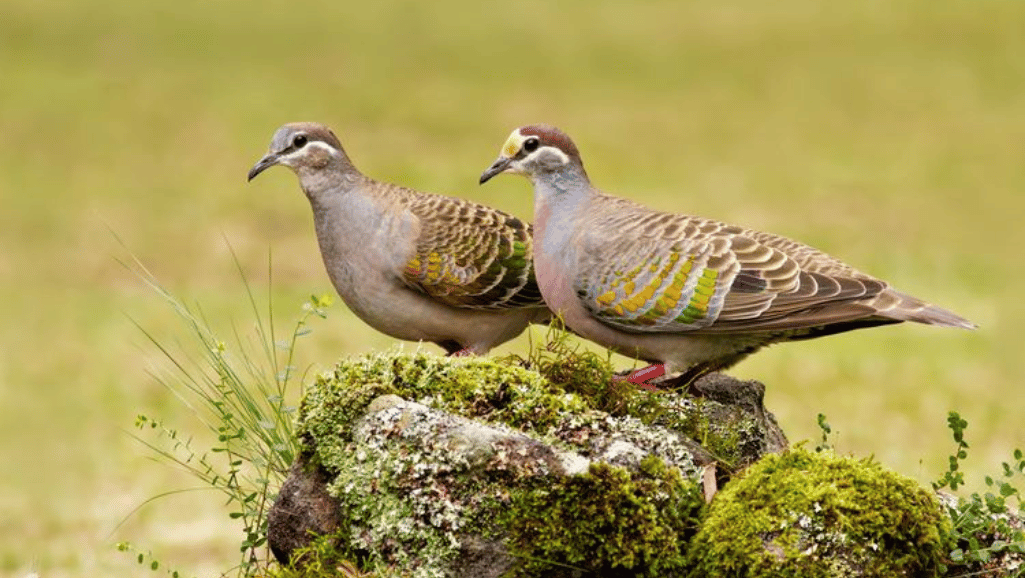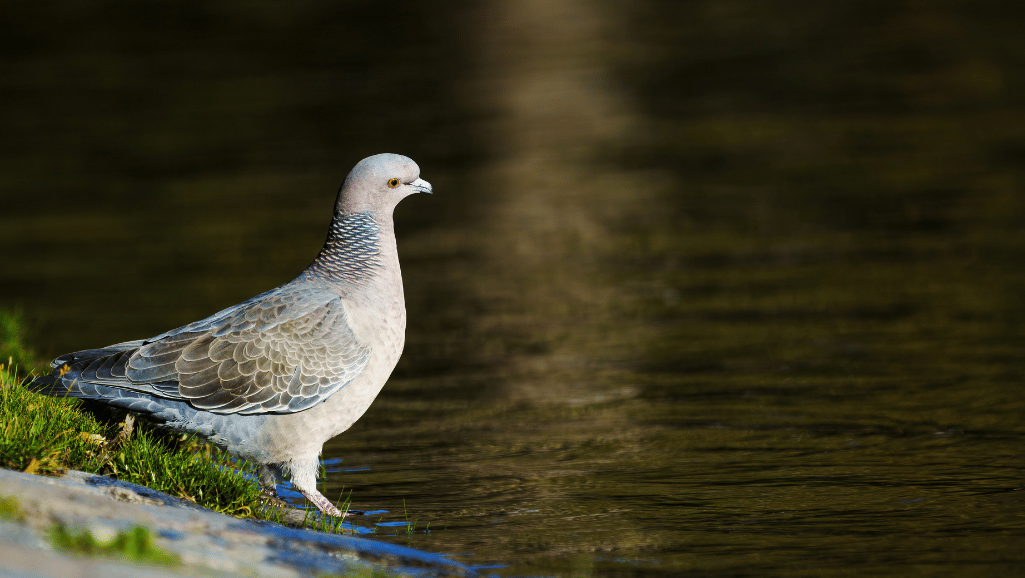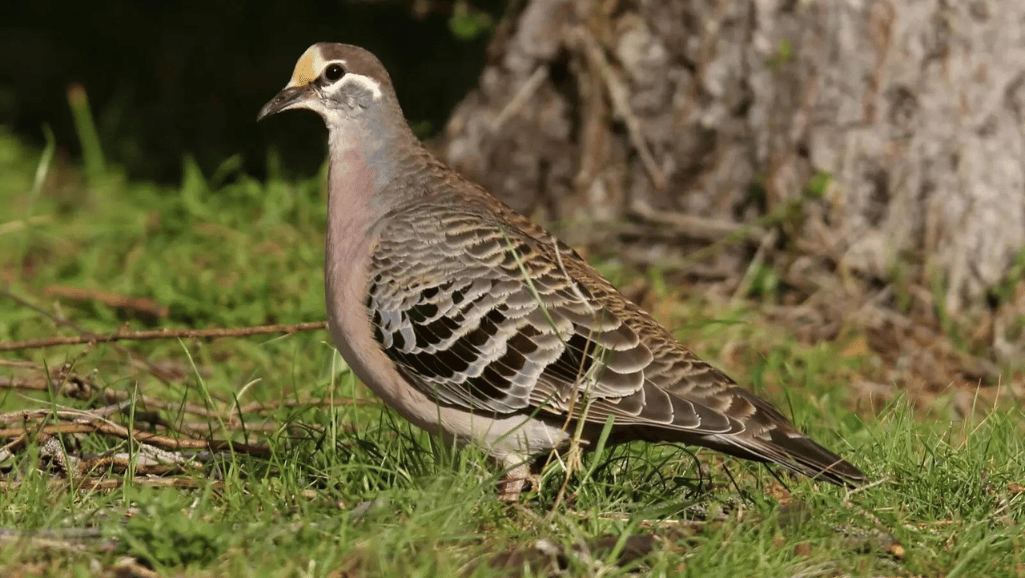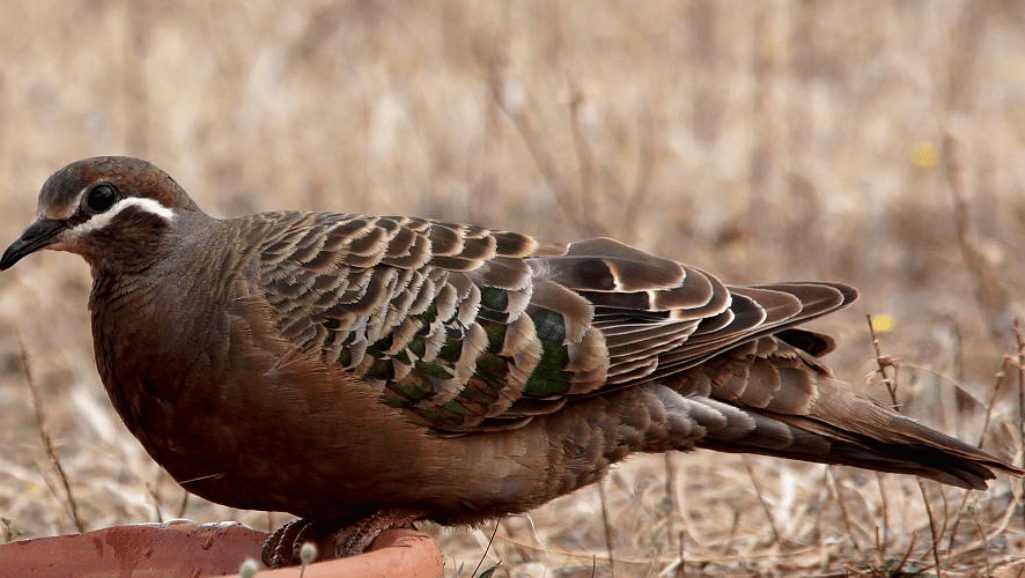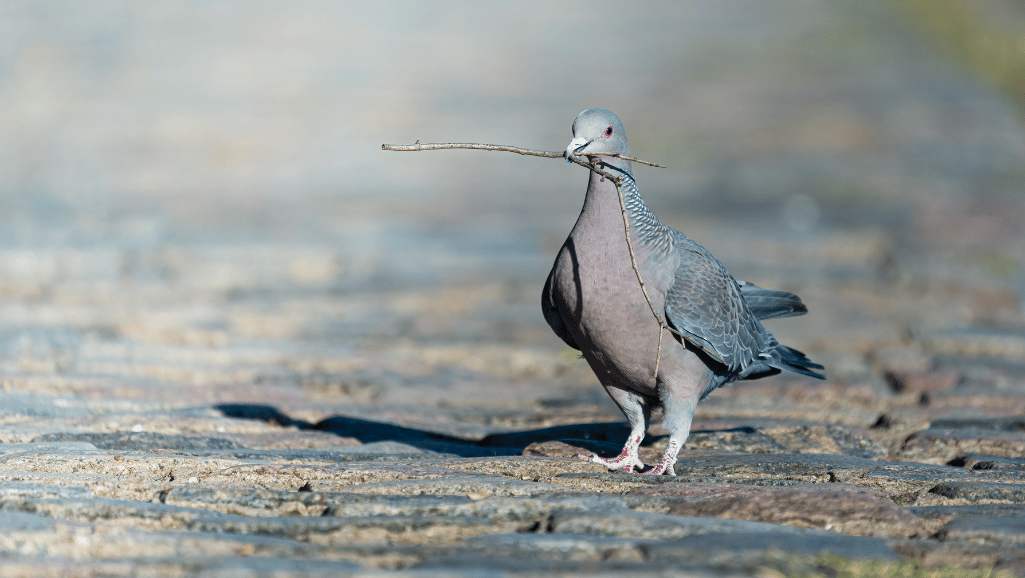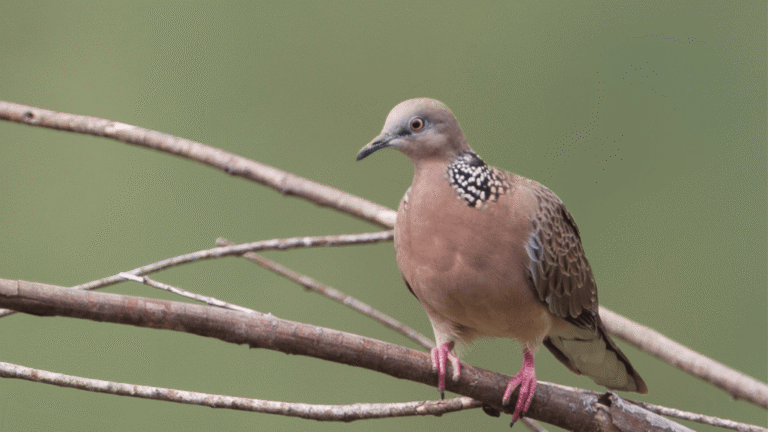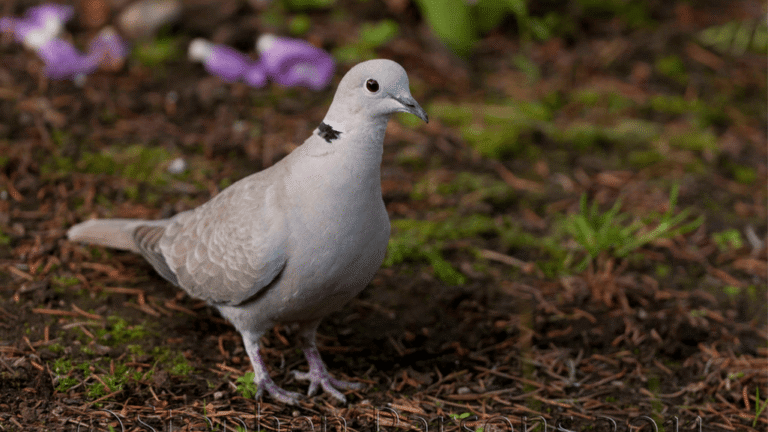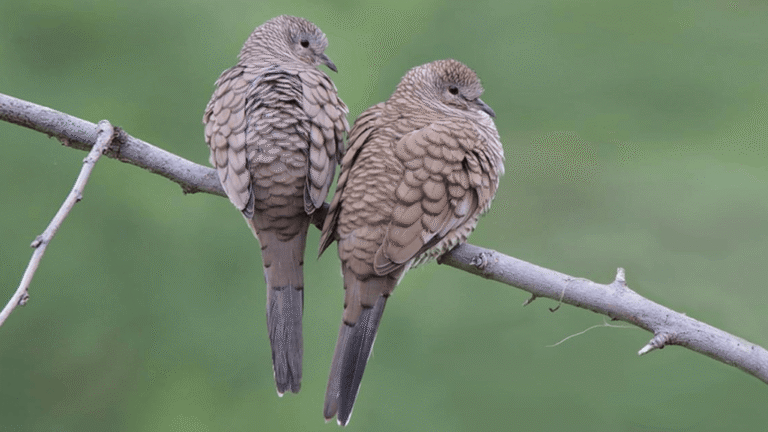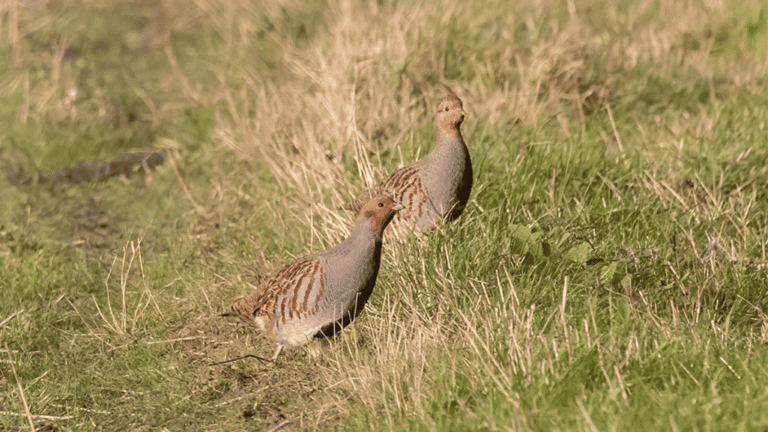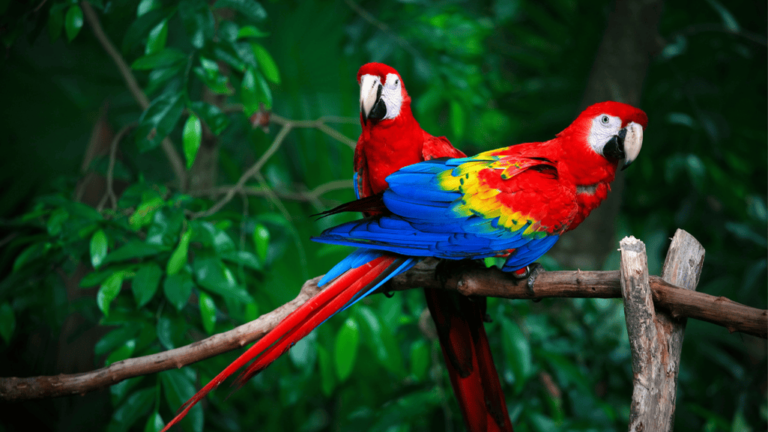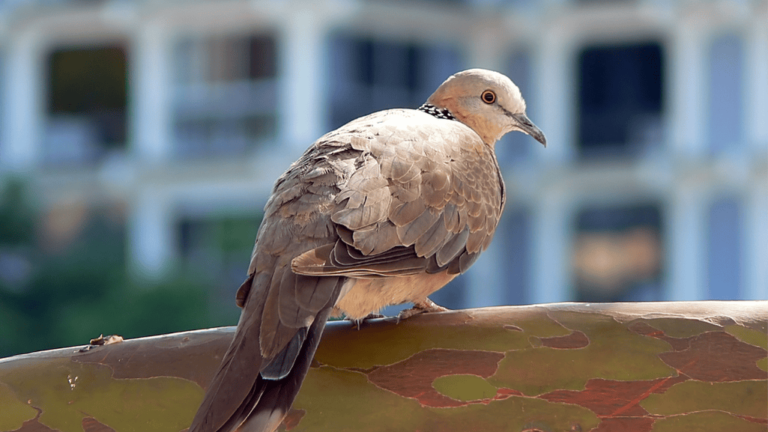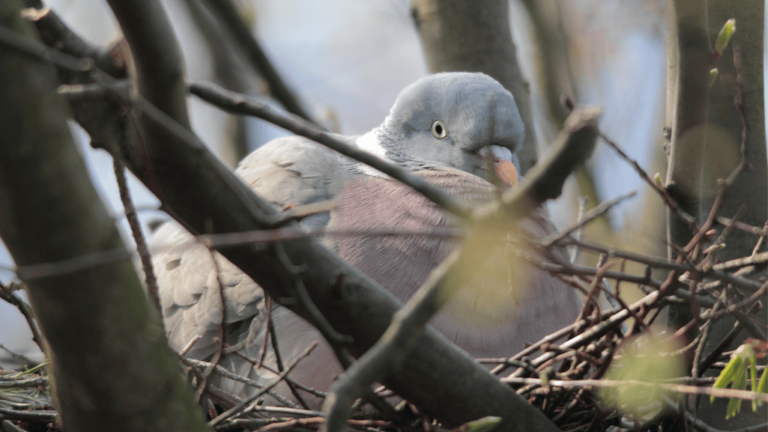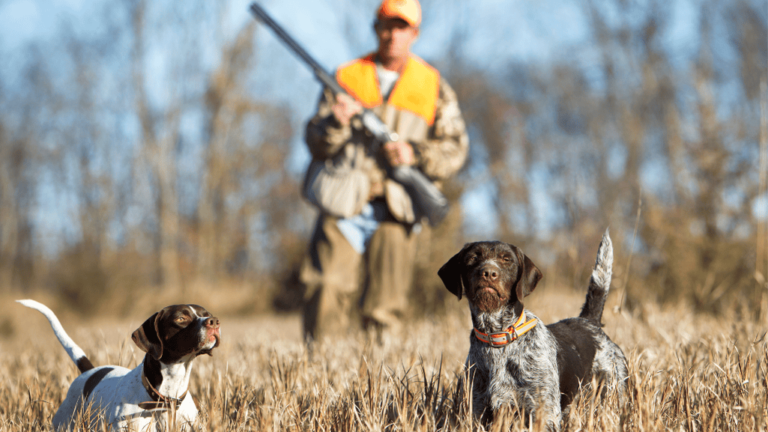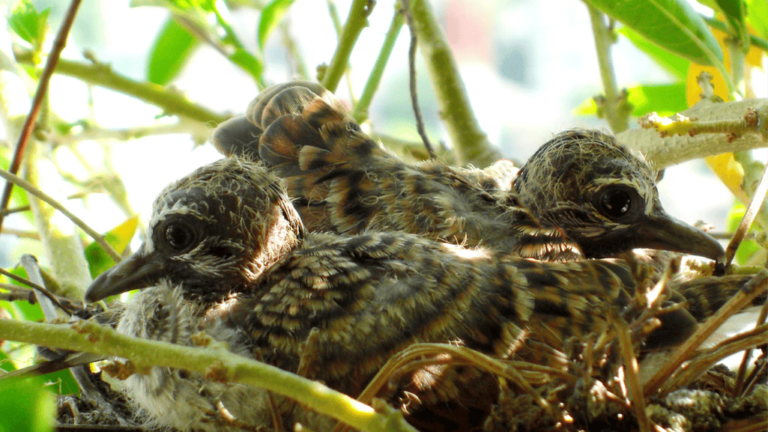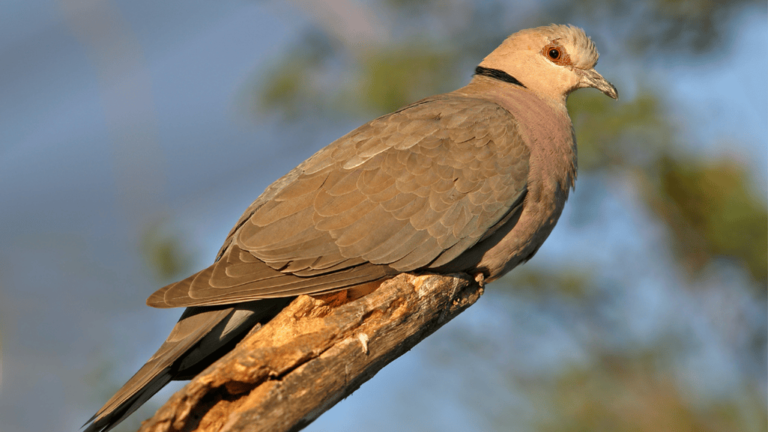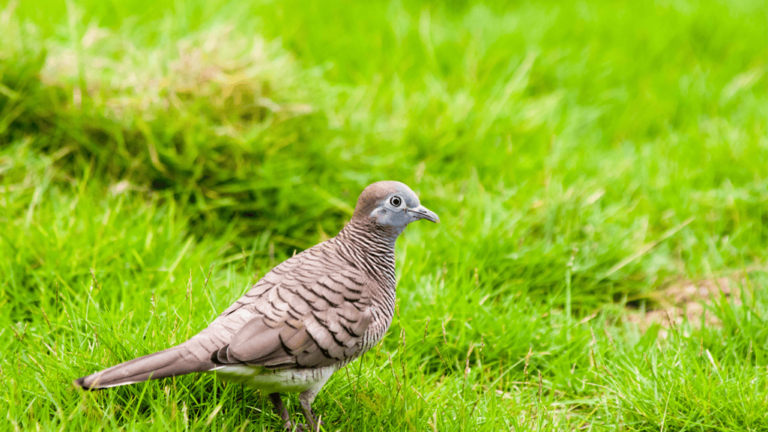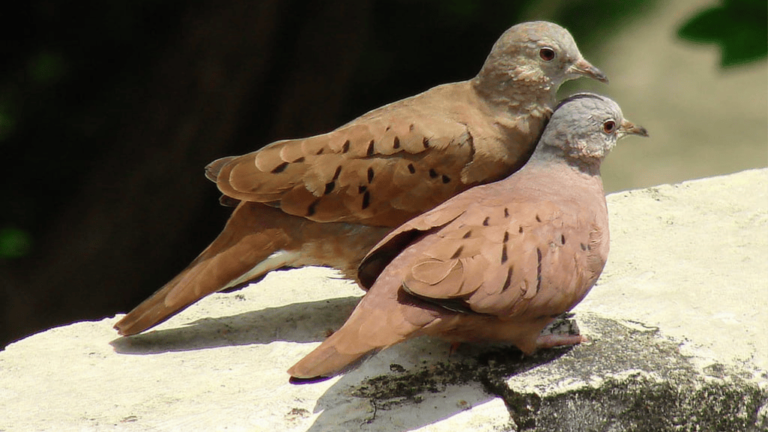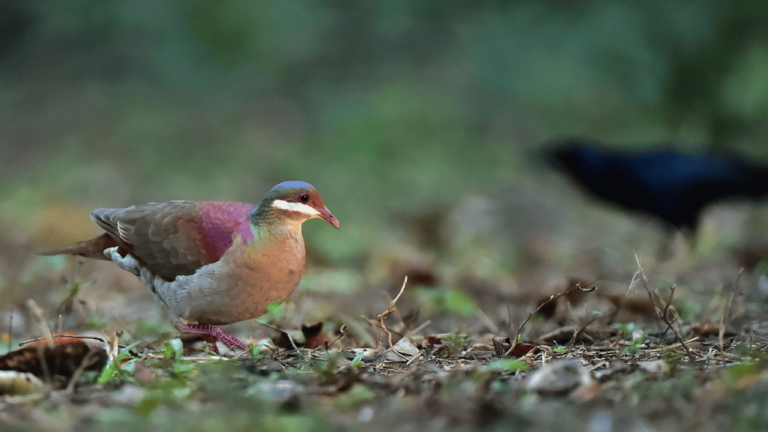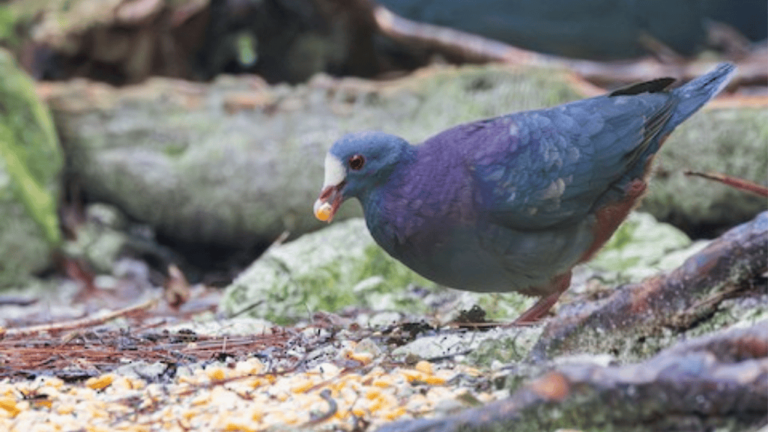Exploring the world of the Bronze-winged Pigeon is a journey for bird lovers. Known as Phaps chalcoptera, this bird is known for its stunning wings. It captures the hearts of avian enthusiasts in Australia. To see this bird, you might need patience and respect its space. But, we bring its world to you, with tips for bird identification. Learn more about caring for birds to deepen your knowledge.
Key Takeaways
- The Bronze-winged Pigeon, or Phaps chalcoptera, has beautiful wings and likes to live near water.
- To see this shy bird, be careful not to scare it away during wildlife photography and birdwatching.
- Learning more about this pigeon helps avian enthusiasts tell it apart from other birds.
- Protecting its home is important as cities grow, especially in Bayside, where people are planting trees.
- To make your yard friendly for pigeons, plant native plants like Ruby Saltbush and keep water available.
- Knowing how this pigeon eats and nests shows us why we must protect its home.
Introducing the Bronze-winged Pigeon
The Bronze-winged Pigeon is a unique pigeon species in Australia. It catches the eye of bird lovers and conservationists. This feathered friend is known for its quiet life on the forest floor and its bright wings in flight. Let’s explore its amazing traits and importance.
The Unique Appearance of Phaps chalcoptera
The Bronze-winged Pigeon, or Phaps chalcoptera, stands out with its yellow-white forehead and pink breast on males. Both males and females have iridescent bronze wing patches. These patches are key in their mating rituals, catching light during flight. Their beauty makes them a key focus in bird conservation efforts.
Behavioral Traits and Sensory Capabilities
This pigeon is cautious but has interesting behaviors for survival. It can fly fast and low to avoid predators, showing great agility. It also makes ‘crop milk’ to feed its young, a unique feature of its life.
The Significance of the Common Name
The name ‘bronzewing’ comes from its metallic-colored wing patches. These patches are not just for looks but also help in communication and defense. When flying, these bronze reflections can be seen from afar, warning other pigeons or attracting mates.
Versatile Habitats Across Australia
The Bronze-winged Pigeon shows how adaptable it is, living in many birdwatching habitats across Australia. It goes from the humid coasts to the dry deserts. This part looks at where these bird species live, focusing on how important water is. Water is key for wildlife photography too.
Diverse Ecosystems from Coast to Desert
The Bronze-winged Pigeon lives in many places across Australia, showing the country’s rich bird life. Each place, from woodlands to coastal areas, helps these birds survive and grow. This variety is good for the environment and great for birdwatching and photography.
Importance of Water Sources for Survival
Water is key for the Bronze-winged Pigeon and other birds. They can live in different places but need water close by. Lakes, rivers, and wetlands are perfect spots for these birds and birdwatchers.
Knowing this helps protect and improve habitats for birds and other wildlife. It’s important for their survival and for keeping nature diverse.
- Coastal Wetlands: Provide essential nesting sites.
- Arid Deserts: Offer unique breeding grounds despite harsh conditions.
- Mallee Woodlands: Rich in food resources, sustaining larger bird populations.
Protecting these waters and habitats is key to saving these birds. It also helps keep nature healthy.
| Habitat Type | Description | Significance for Bird Species |
|---|---|---|
| Coastal Regions | High humidity, dense vegetation. | Rich in biodiversity, ideal for nesting and feeding. |
| Desert Scrubs | Low water availability, extreme temperatures. | Challenges endurance, birds adapt unique survival strategies. |
| Riverine Ecosystems | Abundant water sources, diverse flora and fauna. | Crucial for drinking needs and cooling, supports dense populations. |
Keeping these ecosystems safe is crucial. It helps the Bronze-winged Pigeon and all wildlife photography fans and birdwatchers enjoy nature.
Identifying the Bronze-winged Pigeon
Identifying birds can be tough, but for bird lovers, it’s a fun challenge. This guide focuses on the Bronze-winged Pigeon. It’s known for its unique looks and how it changes as it grows and ages.
Distinguishing Features and Gender Differences
The Bronze-winged Pigeon has a white line under its eye. Males have a bright yellow-white forehead, making them easy to tell apart from females. Young birds have a duller brown coat and might not have the shiny wing patch. This shows why paying close attention is key when identifying birds.
Comparing with Similar Pigeon Species
To spot the Bronze-winged Pigeon, look at its breast and throat colors. The table below shows how it differs from the Brush Bronzewing. This helps bird lovers tell them apart.
| Feature | Bronze-winged Pigeon | Brush Bronzewing |
|---|---|---|
| Forehead Color | Yellow-White (Male) | Consistently Gray |
| Wing Patch Visibility | Noticeable Metallic Sheen | Subdued or Absent |
| Eye Line | Clear White Line | Faint or Blended |
| Throat Coloration | Variably Light | Darker Uniform |
Feeding Habits and Diet of the Bronzewings
The Common Bronzewing is a bird native to Australia, known for its interesting eating habits. It loves to eat seeds from plants like Acacia and Cassia. They also enjoy fruits and berries, which they find on the ground.
These birds often eat in small groups. This helps them find food and stay safe from predators. In hard times, like during droughts, they can gather in groups of up to fifty. This shows how adaptable they are and why we need to protect their homes.
Learn more about conservation effortsfor these
Seed-Based Foraging Techniques
Common Bronzewings use a special way to find seeds in the soil. They use their beaks to dig and find seeds. This helps them survive, using their eyes and touch to find food in Australia’s different landscapes.
Importance of Small Parties in Feeding
These birds like to eat in small groups. This helps them find food and stay alert for dangers. It also gives photographers a chance to see their social life and bright colors in nature.
Learning about the Common Bronzewing’s eating habits and diet helps us appreciate these birds more. They play a big part in keeping nature healthy. So, we need to keep studying and protecting them.
Nesting and Reproduction Explained
Bronze-winged Pigeons are loved by avian enthusiasts for their unique way of breeding. They adapt well to different environments, which helps them survive and thrive. This adaptability is key for bird conservation, making these bird species successful in various habitats.
The Unconventional Nesting Strategies
Bronze-winged Pigeons choose many places to nest, from low bushes to high up at 20 meters. They use sticks and twigs to build their nests, which may look messy but protect their young well. This shows how these pigeons are resourceful and resilient, important for their survival and bird conservation.
Adaptive Breeding throughout the Year
Unlike many bird species, Bronze-winged Pigeons can breed all year if conditions are right. This flexibility is a sign of their success. They usually lay two white eggs, which take about 15 days to hatch. This shows their resilience and why we need to keep working on bird conservation.
Both males and females help build the nest and take turns incubating the eggs. This teamwork helps increase the chances of the young ones surviving. It also prepares the parents for the hard work of feeding and caring for the baby birds after they hatch.
| Aspect | Detail |
|---|---|
| Clutch Size | Typically 2 eggs |
| Incubation Period | Approximately 15 days |
| Nest Location | Low bushes to 20 meters high |
| Nesting Materials | Sticks and twigs |
| Breeding Frequency | Year-round, environment-dependent |
Learning about the Bronze-winged Pigeon’s nesting and breeding is crucial for avian enthusiasts and conservationists. Every part of their breeding, from where they nest to when they breed, is important for their survival. We need to keep working on bird conservation to make sure these birds can continue to be part of our world.
Nature’s Nurture: Caring for the Young
For those who care about bird conservation and love birds, learning about pigeon development is key. The Bronze-winged Pigeon shows how important care is from egg to flying. This species is known for its detailed care of its young, showing how important it is to protect them.
Sheltering: From Egg to Fledging
It starts when the pigeon lays two eggs in a simple nest. Both parents work together to keep the eggs warm and safe. When the eggs hatch, the chicks are very young and need their parents a lot.
This makes their survival depend on their parents’ care. It shows how important safe places are for these pigeons.
Crop Milk Feeding: A Unique Pigeon Trait
Pigeons have a special way of feeding their babies. Both mom and dad make a special milk from their crop. They feed this to their babies, which is full of nutrients.
This helps the babies grow strong and healthy. It’s very important for their first few days of life before they can eat solid food.
Bird conservation groups work hard to keep safe places for these pigeons to live. The way pigeons nest depends on having safe places. This helps the Bronze-winged Pigeon and others survive.
As bird lovers know, keeping these places safe helps many species. It also makes sure the special care for these birds can keep going.
Survival Challenges and Common Predators
The Bronze-winged Pigeon’s fight against predators is key in bird conservation. They face many threats from the sky and ground every day. This battle between predators and prey is crucial for conservationists and fascinating for wildlife photography and birdwatching fans.
Aerial Threats: Hawks and Falcons
When Bronze-winged Pigeons fly or forage, hawks and falcons often target them. This fight in the sky shows the tough side of nature and the pigeons’ survival skills. It’s important for bird conservation and makes great photos for wildlife photography.
Ground Predation: The Menace of Feral Cats and Foxes
On the ground, Bronze-winged Pigeons face dangers from feral cats and foxes. These threats are big, especially near cities where these animals are more common. Watching and studying these encounters helps make better conservation plans and is interesting for birdwatchers.
Learning about how humans affect birds and why we need to protect them is vital. Reading about the passenger pigeon’s extinction shows us the dangers of ignoring the environment.
Loss of habitat from deforestation and city growth also makes life hard for these pigeons. Conservation efforts try to fix this by restoring habitats and controlling predators.
Seeing and photographing the Bronze-winged Pigeon helps with birdwatching and wildlife photography records. It also raises awareness and support for bird conservation projects.
Understanding the Calls and Communication
Birds use communication skills to interact and survive. For birdwatching and avian enthusiasts, studying these skills is key. The Bronze-winged Pigeon has a unique way of calling that helps them in their social life and finding mates.
Mating Calls: The Resonant Whoos of Courtship
During courtship, the Bronze-winged Pigeon makes a ‘whoos’ sound. This sound helps attract mates and is important for avian enthusiasts learning about bird species. Males show off their bright feathers and beautiful songs to impress females.
Alarm Signals and Social Interactions
Alarm calls in birds warn others of danger. The ‘whoos’ of the Bronze-winged Pigeon signal threats or social events. This helps keep the flock safe. Knowing these sounds makes birdwatching more interesting and helps us understand bird social life.
Learning about bird communication also shows their importance in different cultures. For example, the U.S. Navy has used homing pigeons in their work. You can learn more about this on this resource.
| Symbolism | Cultural Significance |
|---|---|
| Peace, Love, and Understanding | Messengers in various cultural narratives, often seen as a sign of good news or omens. |
| Security and Home | Presence on rooftops symbolizes the comfort of home and stability giving people a sense of safety. |
| Spiritual Enlightenment | Connected to the Holy Spirit, embodying divine watchfulness and guidance in many religions. |
Conclusion
The Bronze-winged Pigeon stands as a symbol of strength and flexibility in Australia’s bird world. It shows how some birds can thrive in different places and times. This pigeon’s unique looks and ways of living, along with its strong family care, tell a story of survival.
As the environment changes, this pigeon adapts well, living in cities and countryside alike. This shows its amazing ability to change with its surroundings.
In bird conservation, the Bronze-winged Pigeon is a success story. It’s not considered endangered because it lives in many places and is getting more widespread. Bird lovers and photographers find this bird fascinating. Its unique look, the sounds it makes while flying, and its common presence make it a great subject to watch and photograph.
Looking at the Bronze-winged Pigeon today, we see how important it is to keep working to protect its home. Each time we see this bird, we connect with a story of overcoming challenges. We must keep telling this story to protect the pigeon and all living things for the future. Understanding, respect, and working together are key to living with nature in balance.


